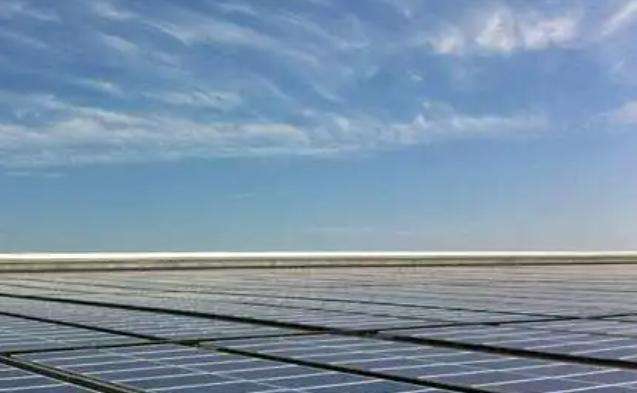The wind is different every day, so wind power does not need to generate electricity every day to evaluate the power generation of a wind farm or a wind turbine. Generally, statistical methods are used to evaluate, that is, the average number of full-load hours per kilowatt of installed capacity per year (including four seasons). In other words, if a 1500kW wind turbine generates 3 million kWh of electricity a year, then 3000000/1500=2000 hours, then the full load hours of this wind turbine at this location is 2000 hours. A 50,000 kW wind farm generates 110 million kilowatt-hours of electricity a year, then 110,000,000/50,000=2,200. The full load hours of this wind farm are 2,200 hours. Generally speaking, the annual full load hours of relatively good wind farms can reach 2400-2500 hours (corresponding to the annual average wind speed of more than 7m/s), and the general ones can reach 2200 hours (corresponding to the annual average wind speed of 6.8-7m/s). ). Under normal circumstances, wind speeds below 2,000 hours will not be developed for the time being (corresponding to annual average wind speed below 6.4). The longer the wind turbine blades, the greater the wind energy it absorbs, but the smaller the wind resistance, so the blade length of the wind turbine must be selected according to different local wind conditions. Let’s just say this much first. The detailed study of wind power generation is increasingly full of content.
The voltage generated by current wind turbines is generally 690V. Transformed to 10kV or 35kV, transmitted to the substation and then boosted to 110kV (or 220kV, rarely).
The production design of wind turbine blades is simple, but the pre-production process is complicated, including repeated conversion of female and male molds four times, and the determination of blade materials (resin materials from the United States are now more commonly used). The production process is actually simple. Relevant engineers currently don't have this major in school. It's best to go to companies with mature technology to poach them and you can use them as soon as you come. As the saying goes - state-owned enterprises train people, and private enterprises employ them.














